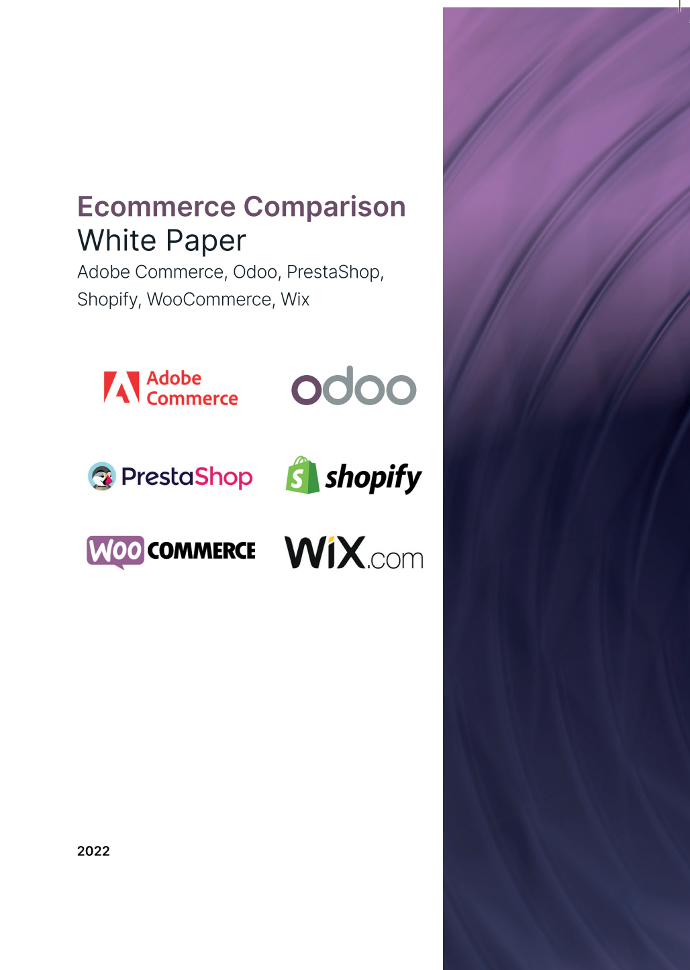E-commerce Trends and Perspective
Internet purchases have expanded considerably in recent years. Purchases done online have increased at a rate of roughly 15% per year since 2015.
With items and services at their fingertips via their smartphones or tablets, online shopping has become the preferred medium for many shoppers. Consumers' carts of online purchases on mobile devices, for example, have increased dramatically over this time. In 2021, Europeans made an average of €550 (AUD 850) in mobile online purchases, while US customers spent $750 (AUD 1140). In Australia, consumer expectations show a strong trend towards fast delivery and multiple collection options. The 2023 Inside Australian Online Shopping Report reveals that almost a third of consumers now expect deliveries to come faster than they did in 2019. The E-commerce boom appears to be immune to the impacts of the "economic crisis and pandemic" as it continues to grow. Projections for the coming years anticipate an even higher growth in these figures as more consumers switch to internet shopping.
Choosing the correct e-commerce software for your organisation is critical from a sales standpoint. An E-commerce solution cannot be restricted to just a "Buy" button on your website; when evaluating solutions, various aspects should be considered. Behind every E-commerce page is a genuine business that requires additional solutions such as inventory management, accounting software, marketing tools, and so on. On the front end, you'll need a user-friendly interface that encourages return consumers and increases sales. Finally, an E-commerce solution should highlight your products with a beautiful and functional design to attract customers.
My E-commerce solution with Odoo and OTOOL
Recently, Odoo opted to compare some of the most popular E-commerce platforms to provide a fair comparison with Adobe Commerce, PrestaShop, Shopify, WooCommerce, and Wix.
They developed a list of the most crucial features an E-commerce platform should have, as well as any built-in business management tools that can help an online store run smoothly.
Product Management, Design, Customer Management, Shipping, Promotion & Marketing, Sales Management, Reporting, and Usability are the eight areas.
These categories include everything a business could require to run and build its online store. They have also included a full list of the pricing conditions for each solution in this table that will help you to make your final choice. At OTOOL we already know what it might be!
Functionality vs Usability
All E-commerce articles discuss the following trends: responsiveness to mobile devices and tablets, minimalist design, large images, speed, and simplicity. Furthermore, an aspect that will be consistently enhanced is the usability specifically tailored for visitors. Usability of software must preserve the "codes" that facilitate user satisfaction and increase productivity. Merchants are similarly affected; maintaining the "codes" increases their sales and satisfies the customer.
Odoo's comparison illustrates the challenge that E-commerce software faces in balancing functionality and usability. PrestaShop and Adobe Commerce, on the one hand, have an abundance of features, but their usability must be enhanced. Conversely, Shopify lacks native functionalities but demonstrates significant advancements in usability. In the middle is Odoo, which has an excellent and gratifying user interface and numerous distinctive features.
Since its initial focus on enterprise resource planning (ERP), Odoo eCommerce has developed into a more developed platform subsequent to a comprehensive redesign of the website creator in 2020. Not to mention the integration with the other applications of the business solution, the application is extremely prospective due to its large number of ongoing enhancements.
OTOOL's recommendation is to always keep your business in mind as you select E-commerce software in the coming years. This will enable you to exercise agency over your development and make wise decisions in the present. Consider an E-commerce software solution that facilitates seamless integration with an assortment of business solutions.
A straightforward integration must be quick and uncomplicated, with minimum implementation expenses. Integrating other solutions that have a similar appearance to your E-commerce software would be the optimal solution. Having no difficulty with the back-end interface will not hinder your productivity.
At OTOOL we deeply think that Odoo's business application suites are useful in this regard. And we don't forget the basic rule:
“Always deliver more than expected.” – Larry Page, Google co-founder
